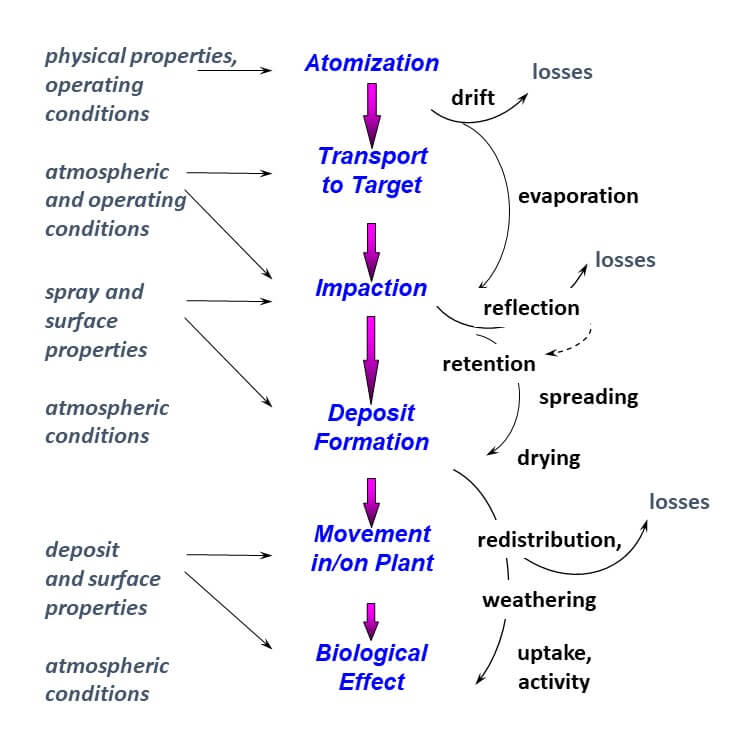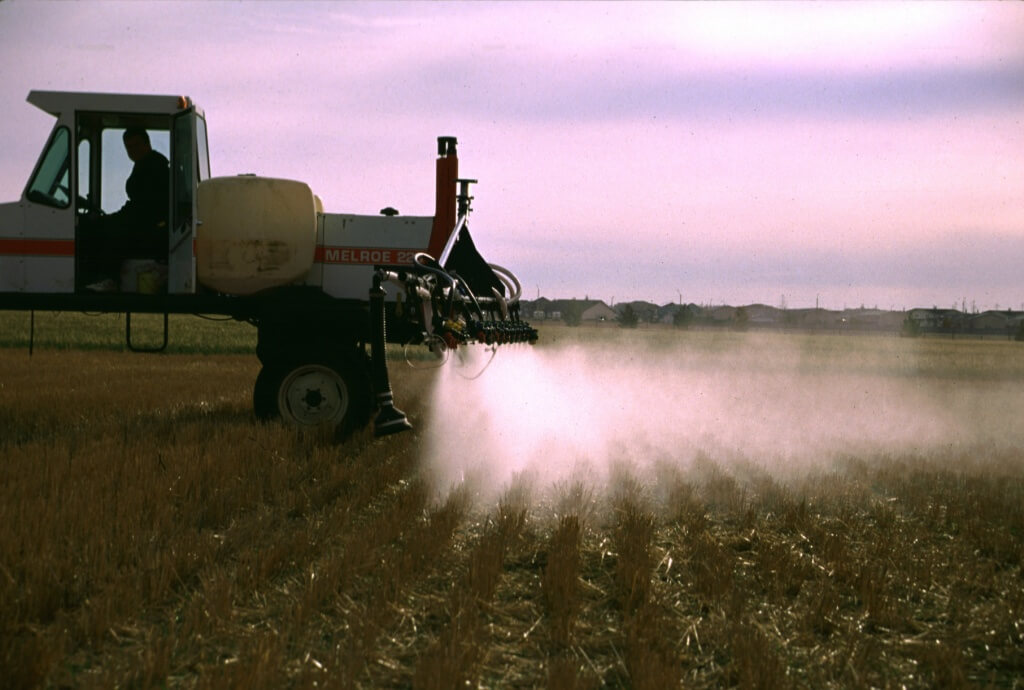
Funny how some issues never go away. For as long as I’ve been in the sprayer business, the question of ideal droplet size for pesticide application has remained a hot topic. At its root are the basic facts that small droplets provide better coverage, making better use of water, but large droplets drift less. So […]


